The remote seaside town of Tarrafal de Monte Trigo was the one place that surprised me most in Cape Verde.
I almost didn’t go, just because it’s a bit far removed from other places on Santo Antão island. There also wasn’t much information online about Tarrafal, so I wondered if it’d be worth going.
I went anyway, and I loved it so much!
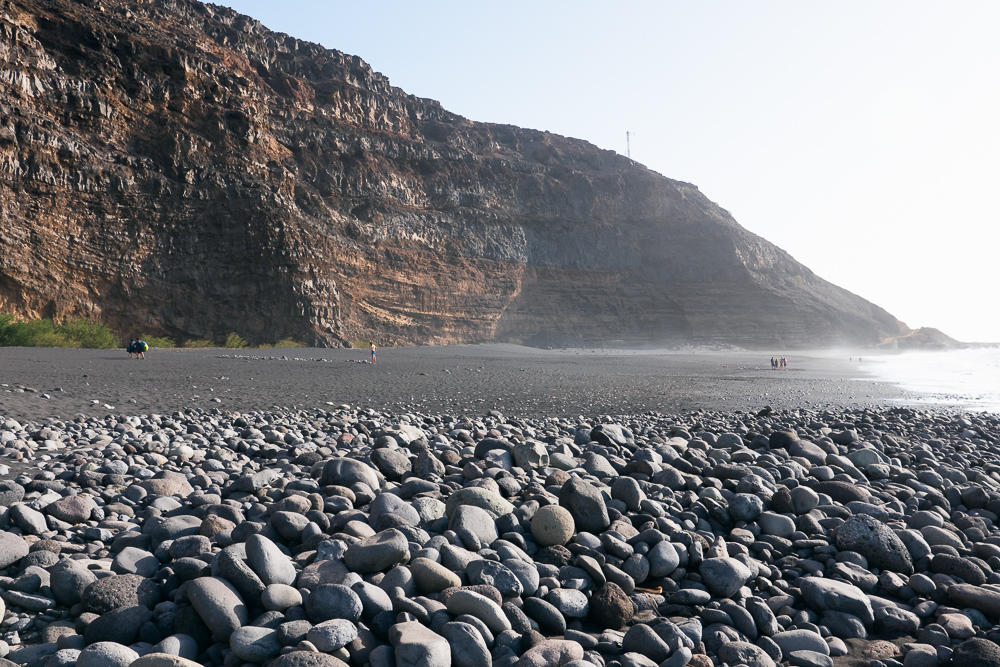
Tarrafal is a gentle place where tourism is delightfully small-scale, though it has enough things there to make for a comfortable stay. There are about half a dozen of guesthouses and about an equal number of restaurants. There are also a surprising number of things to do, not to mention that it has one of the rare few beaches on the island.
I have a real soft spot for laidback places like Tarrafal, where you can simply relax, read a book, or take a dip in the water. I was soon kicking myself for only having one day there, wishing I’d stayed for at least two or three.
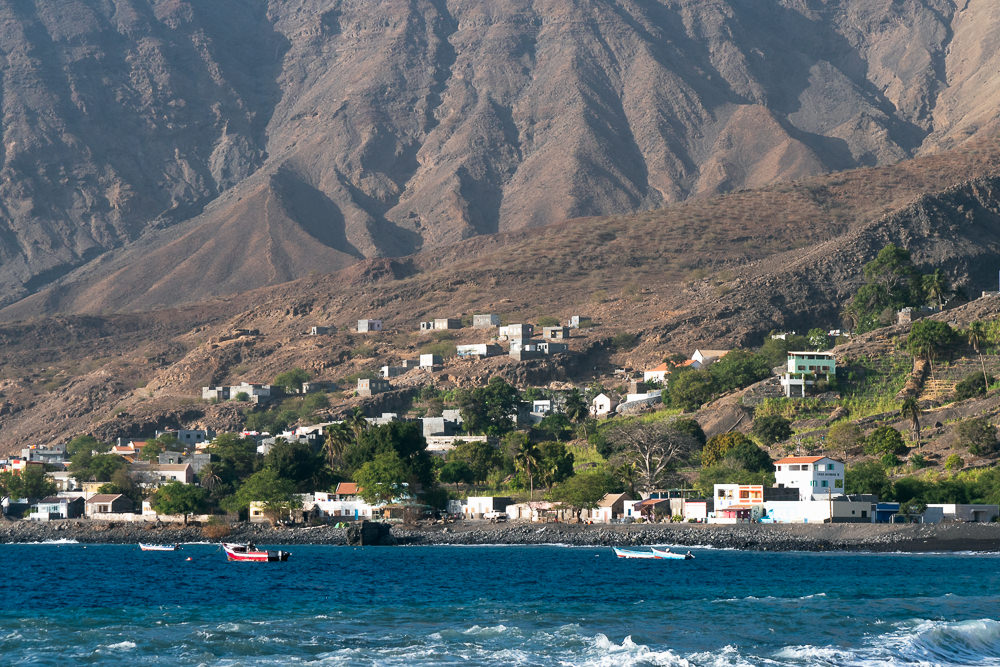
The drive to Tarrafal
The small town of Tarrafal (population under 1,000) is located on the west side of Santo Antão. You have to drive about two hours through barely populated desert lands to reach it, which gives the town a kind of end-of-the-world feel.
I have to say that getting to Tarrafal was a bit of an adventure, as the road was still being completed when I visited in February 2020. For the last 10 kilometers or so, I had to drive through dirt tracks, then across the beach via an unpaved road. I almost got stuck a few times, but this made reaching the town all the more rewarding.
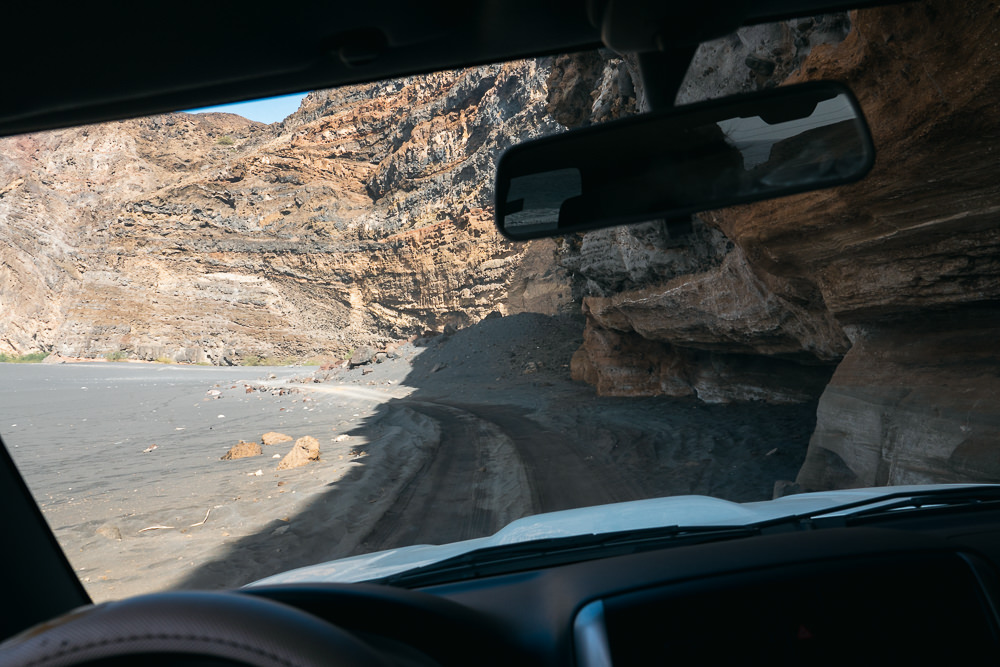
By the time you read this, the road might be finished, in which case Tarrafal will be a lot easier to get to.
The drive from Porto Novo to Tarrafal is incredibly scenic, cutting through vast desert landscapes and snaking down along some twisty mountain roads. If you have a car, be sure to take your time to enjoy the views. If you’re taking a taxi or aluguer, be sure to ask the driver to stop for photos.
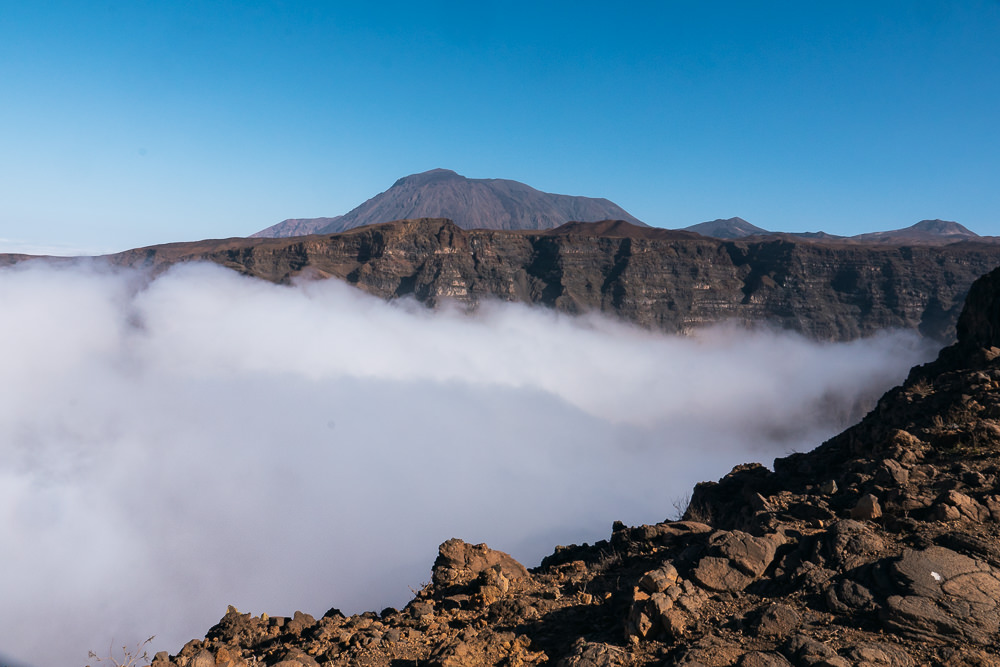
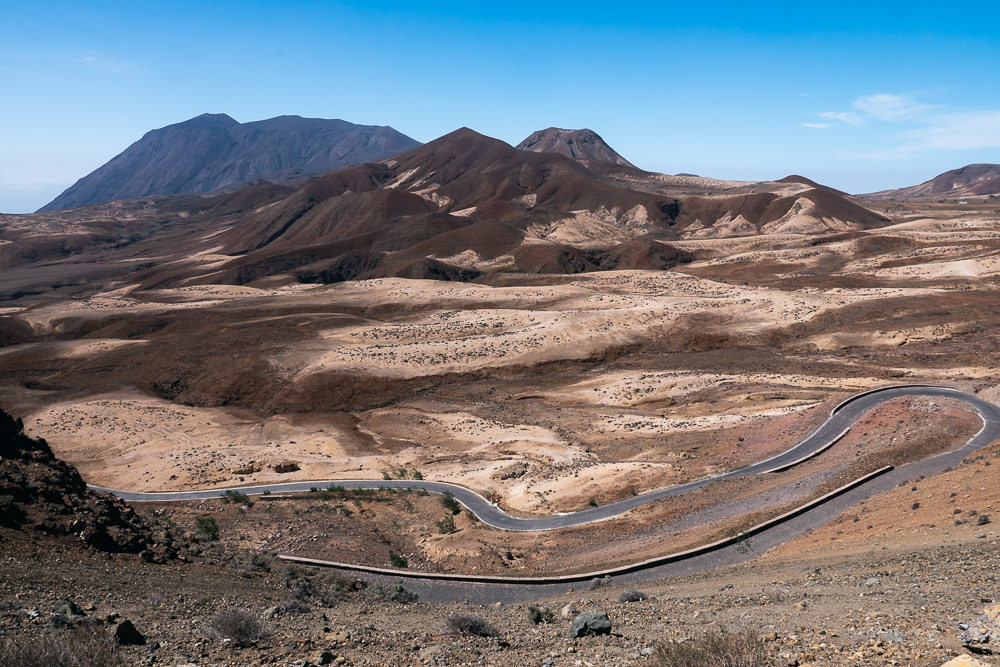
At the least, be sure to spend a moment at the Miradouro de Campo Redondo [map], where you’ll get a fantastic view from an observation deck.
What to do in Tarrafal
When I arrived at the town, fishermen in colorful boats were coming back to shore, one selling stacks of red snappers under a tree. A flock of children emerged from school pointing at the sky and yelling ‘olhe parapente!’. The town’s resident paraglider had just launched off the cliffs above.
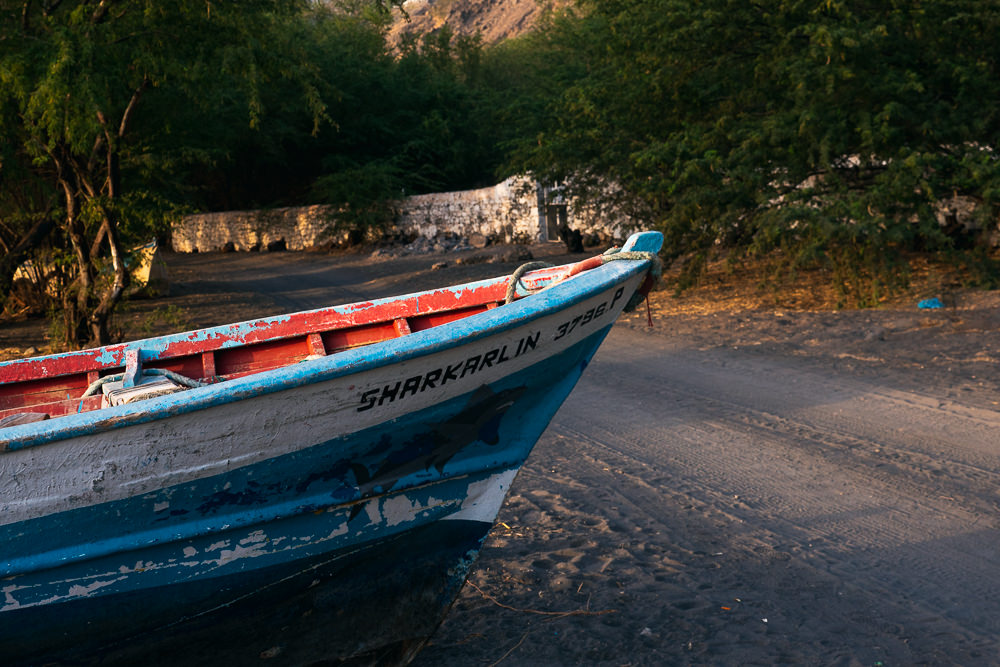
It turned out quite a few foreigners had set up in Tarrafal, introducing various adventure activities there. Besides the paragliding, there are surfing lessons, scuba diving tours, and snorkeling trips. There are many reefs near the town where you can spot all kinds of fishes and sea turtles.
If that isn’t already enough, there is also the Tarrafal to Monte Trigo hike. You start this hike in the town and end up several hours later in the even smaller and more remote town of Monte Trigo. This little hamlet can’t be reached by car, only by foot or by boat.
While I didn’t get the chance to do this hike, you can find all the trail info at Wikiloc. The trail is point-to-point, but you could try catching a ride back with a local fisherman.
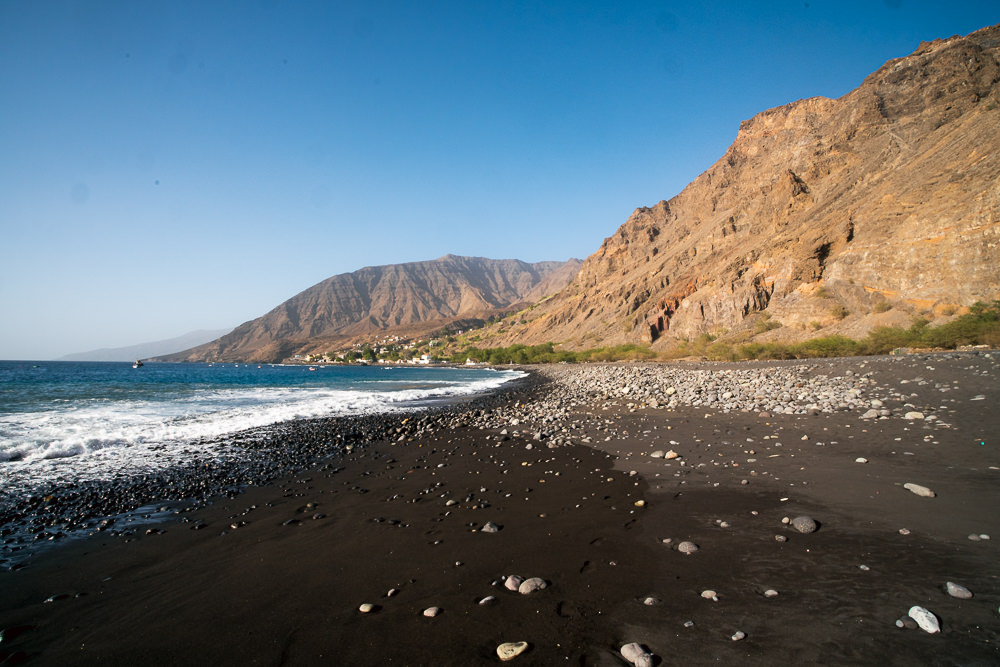
The beach in Tarrafal bay is a very scenic one, with a long stretch of volcanic black sand under a big gnarly cliff. It faces the sunset, so you can expect some magical moments as the sun goes down.
I watched the sunset from the black sand beach, as well as from the viewing deck at my guesthouse, while enjoying a few cold Strela beers. Pure travel bliss.
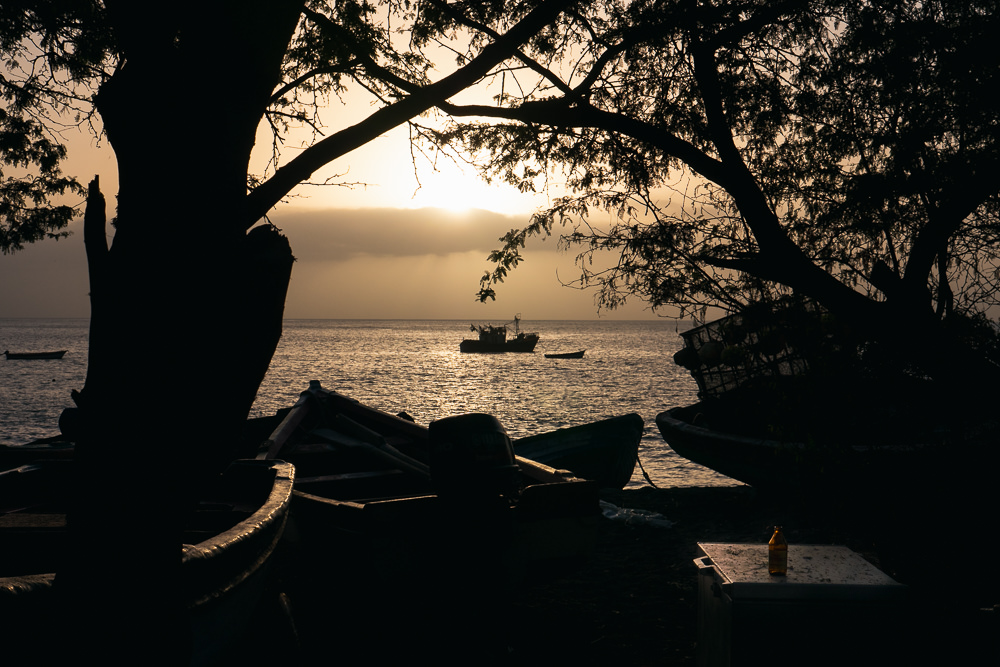
How to get there
As beautiful as Tarrafal is, it can be a bit tricky to get there. In Porto Novo, there is a minivan in front of Restaurante Antilhas (near the ferry terminal) that goes to Tarrafal between 8 and 9 a.m. from Monday to Saturday. The ride costs 700 escudos one way.
This is the day’s only connection. Miss it and you’ll have to rent a private taxi (which costs at least 7000 escudos). Return trips from Tarrafal to Porto Novo leave before 6 am, which is a bit of a pain. There is no public transport on Sundays.
For more flexibility, I decided to rent a car and drive there myself. Do make sure you have a 4-wheel drive in case the cobblestone paved road still isn’t finished.
Where to stay
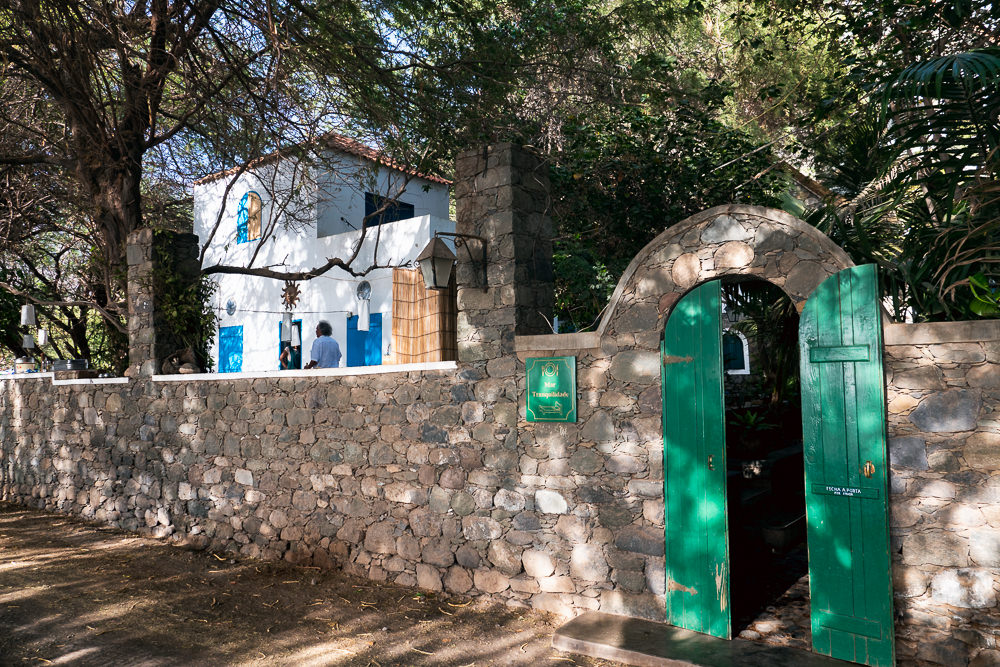
The most established B&B in town is Mar Tranquilidade. It’s the first guesthouse you’ll pass on the way in. It seemed to have the most ambiance of any accommodation in Tarrafal that I saw, with a shaded garden where there are cozy BBQs many evenings.
I did read some mixed reviews of the rooms, though the most critical notes seem to be from visitors who may have expected more luxury in these rustic cottages. Either way, since the room prices were a bit high for my budget, I opted to stay elsewhere.
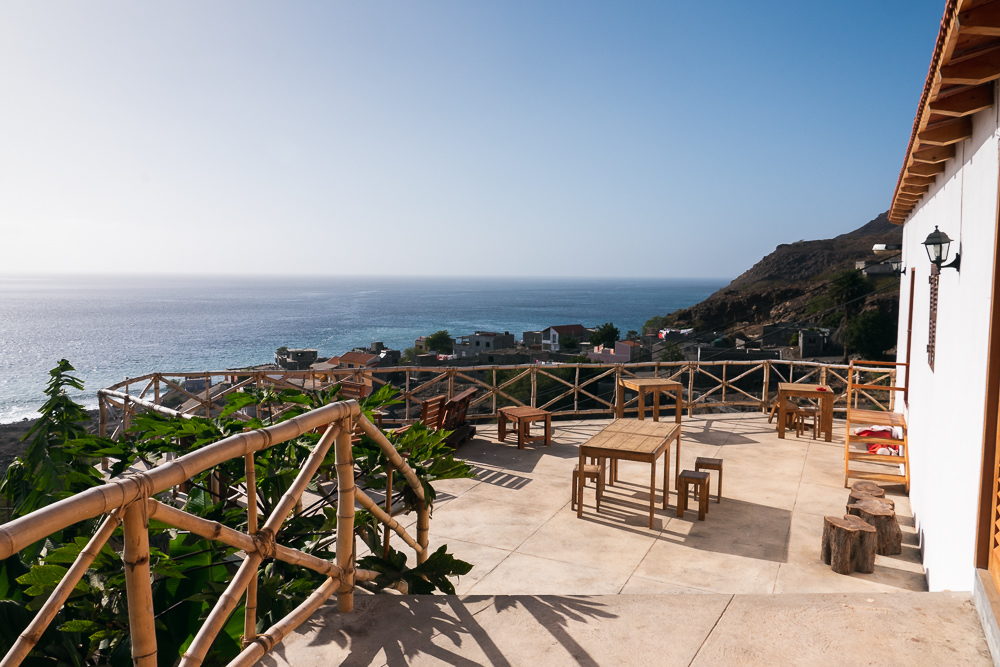
I stayed instead at Kaza Ladera, which has some budget-friendly rooms and a fantastic viewing deck looking out over Tarrafal Bay. I loved watching the sunset from here.
Vista Tarrafal is another option that other travelers recommended to me. I had dinner at its adjacent restaurant, which was very yummy.
Important: there are no ATM’s in Tarrafal. Bring cash!
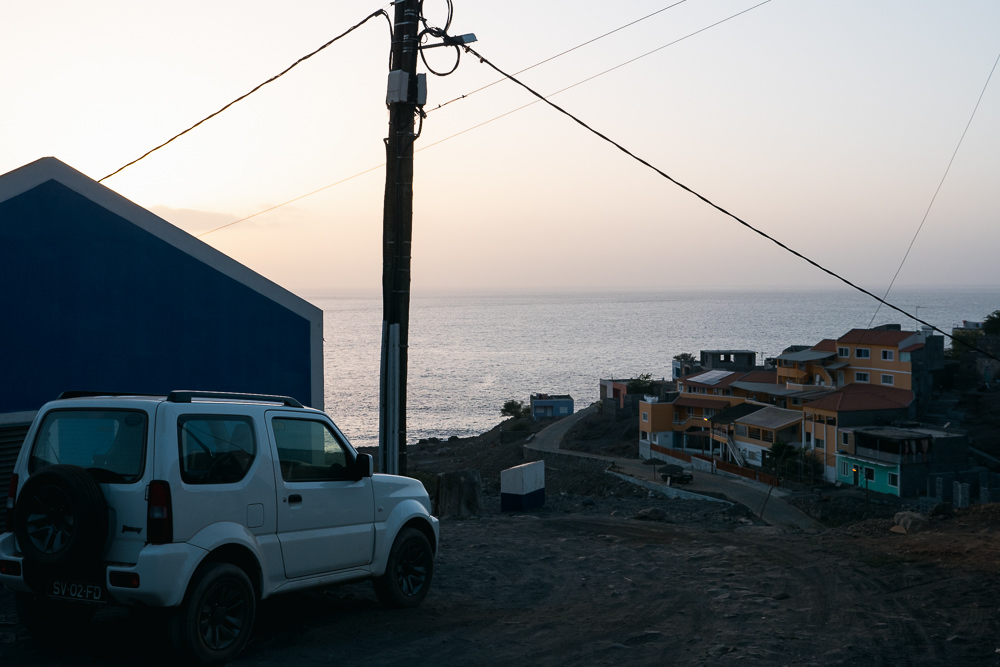
Some links may be affiliate links, meaning I may earn commission from products or services I recommend. For more, see site policies.
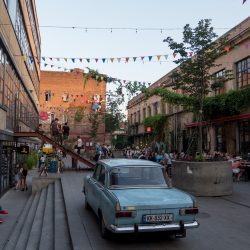
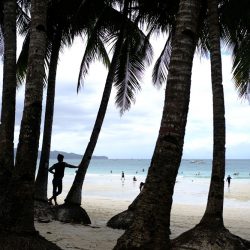




There is an ATM now!
Good to know!
Marek, I just loved reading your article about Cabo Verde! You are so on point about Santo Antao! I almost didn’t go to Santo Antao! In November of 2019, my Auntie Michele and I did our ancestral pilgrimage to beautiful Boa Vista. Our family left CV by way of the whaling and shipping industries. It was our first trip to Cabo Verde and 116 years since our family left CV and settled in the U.S. We flew over to Sao Vicente to meet our cousins. Our cousin Neusa and husband Marco Brito, Captain of the ferry in Sao Vicente arranged for us to visit Santo Antao. They said you have to see Santo Antao. We almost didn’t go because we were having so much fun in Mindelo! And because it seemed a bit off our adventure. We get to Porto Novo and were pleasantly surprised with the island’s simple beauty – even at the port! Our driver was there to meet us and take us around. We hit the town (near the port) and saw some of the businesses, hotels, and restaurants you discussed in your post! So quaint and lovely. We felt like we stumbled on newly discovered land! The town’s people were so nice and laid-back.
The driver asks us if we’d like to take a drive up the mountain and sample some GROGO! Yes!, Grog, like the pirates drank back in the 1500-the 1600s. He took us to a 400-year-old grog distillery, where they still make the spirits. They even had an old grinder there that was used about 300 or 400 years ago to made grog. As we drove through the hills and valleys of the mountain, we could see the small little towns where people’s families lived for centuries! We saw the town of Paul that had a beautiful statue of The Christ high on a hill. There were many travelers there, surprisingly from THE NETHERLANDS and the U.K. HIKING! We couldn’t believe all of the Europeans that knew about Santo Antao and were staying at some of the rustic bed & breakfasts DEEP within the mountain! The views of the sea that wrapped around the island were the most beautiful I’d ever seen. It was like looking at postcards. We passed by some of the town’s cemeteries (in Paul) and saw some of the names on the headstones of the families we grew up with! We know these families that came to the U.S. cir. 1888- some of whom were even related to us! I sent the photos I took of the cemetery stones to some of the families back home to show that I visited their/our ancestral holy land, in real-time via text!
We also saw the popular beverage company of CV called Tropical farm or plantation and found out that we descend from the family who owns/owned and operates the facility within the rainforest there! Oh! There are 300-year-old historic family homes deep within the mountaintop of Santo Antao – if you saw them. The homes/farms with the palm leaf rooftops! The CV government pays the families to preserve the original state of the properties.
It was just a day trip to Santo Antao but we were so upset we didn’t stay overnight. Leaving Santo Antao made me cry. I just couldn’t wrap my mind around how could my family leave CV but then heard the voices of my grandmother, great-aunts, and great-uncles telling me their stories of coming to America. Drought, famine, the revolution for independence, and the way they were treated by the Portuguese government drove our families to seek a better life and for survival. I mean, CV is just so remote and Santo Antao is even more remote to leave. It couldn’t have been easy to travel in the late 1800s. I keep asking myself, how did all of our families leave CV to settle in the U.S. Portugal, and beyond?! We are such loving, resilient, and resourceful people.
I work in the American music industry here in Los Angeles but always kept up with the CV music scene, paying homage to my grandmother, who shared her love for our music with me throughout my life. Many of the well-known CV musicians and entertainers my organization brought to Los Angeles for CV events are my very close friends/family. They have been telling me for over 20 years, Danielle, you must go to CV and see your family. They are still there… It didn’t make sense to me until I visited our homeland. I know where I come from (I’ve always known to some degree) and it didn’t start in the U.S. Visiting CV redefined my life and changed my Aunite Michele. OMG, I’m starting to cry now, writing you just thinking about how much I have to get back.
Marek much love & respect to you for covering and photographing this magical place. Your story was so beautiful to me. Thank you for sharing your adventure to Cabo Verde/Santo Antao with the world! Si Deus Quizer…
Danielle in Los Angeles
Thank you for sharing your wonderful story Danielle! I’m so glad you had a great experience in Cape Verde and that you felt inspired by your ancestral home. I had a big smile on my face reading about your experiences. Cape Verde is already so amazing, I can’t imagine what it’s like when you have a deeper personal connection as well!